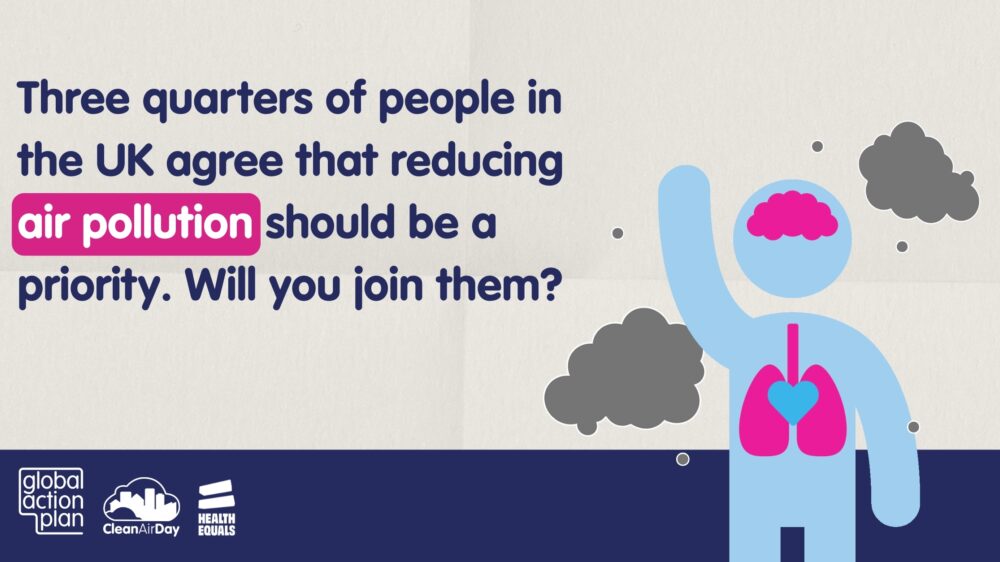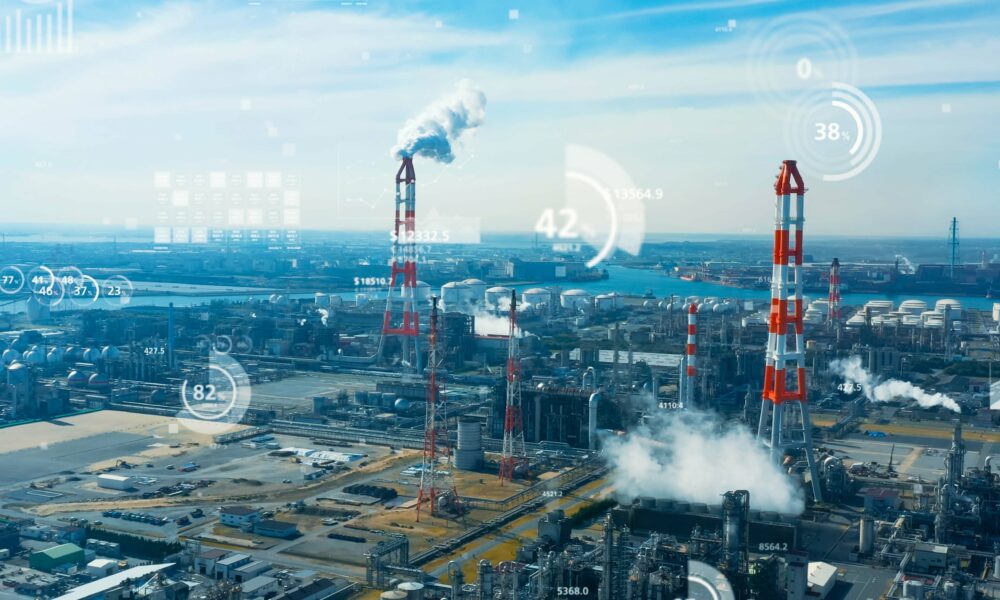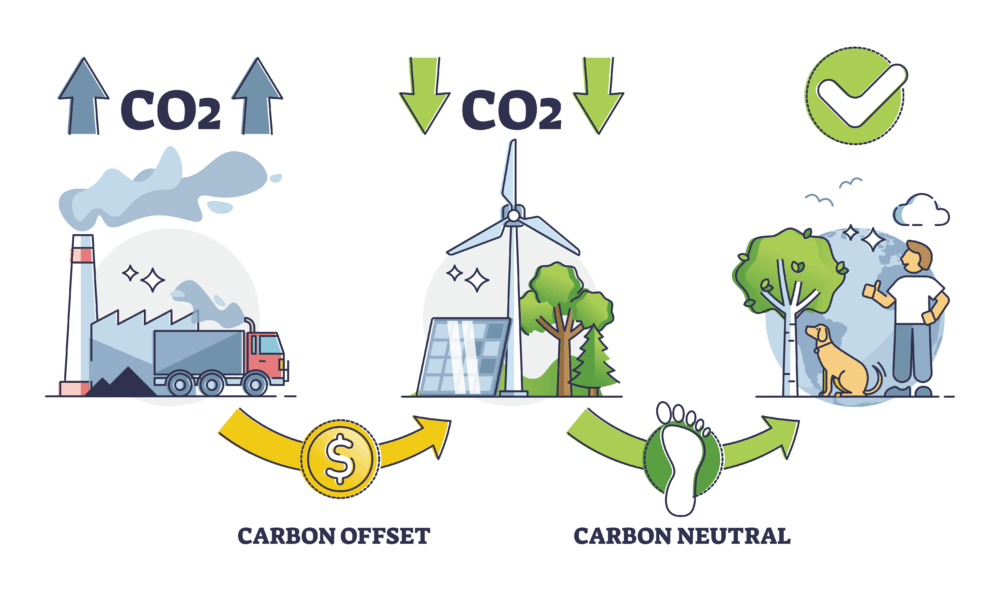
Should clean air be a national priority?
Millions across the UK are still exposed to harmful levels of air pollution every day. As we mark Clean Air Day, it’s time to ask: if clean air impacts our health, our…

Engaging communities for cleaner air
As we mark Clean Air Day, we proudly highlight the significance of engagement and behaviour change to make a tangible difference in the fight against air pollution.
More blogs

Tackling domestic wood burning for healthier communities
Take a look at how domestic burning significantly impacts air quality, posing risks to public health and the environment.

Leveraging hyperlocal air quality data for School Streets
Discover how hyperlocal air quality data can be used to improve air quality on school streets

Data-driven air quality action plan: A roadmap for local authorities
A step-by-step for local authorities to create data-driven air quality action plans, utilising hyperlocal data and innovative technology.

Harnessing hyperlocal emissions data for large manufacturing companies
Manufacturing companies face mounting pressure to reduce their environmental impact in an era of increasing environmental awareness and stringent regulations. This blog…

Air quality and climate change: What is the connection?
Exploring the connection between air quality and climate change, their impacts on health, the environment and the economy and how these challenges can be addressed.

Clean Air Day 2023: Air Pollution Kills
Air pollution is everywhere. It’s a local, regional and global problem: This blog addresses the impact of air pollution on our health and the measures we can all take to…

Maintenance free air quality monitors
- Actionable, accurate data insights
- Hyperlocal view of air quality
- Minimised costs and time-saving
- Robust, reliable units
